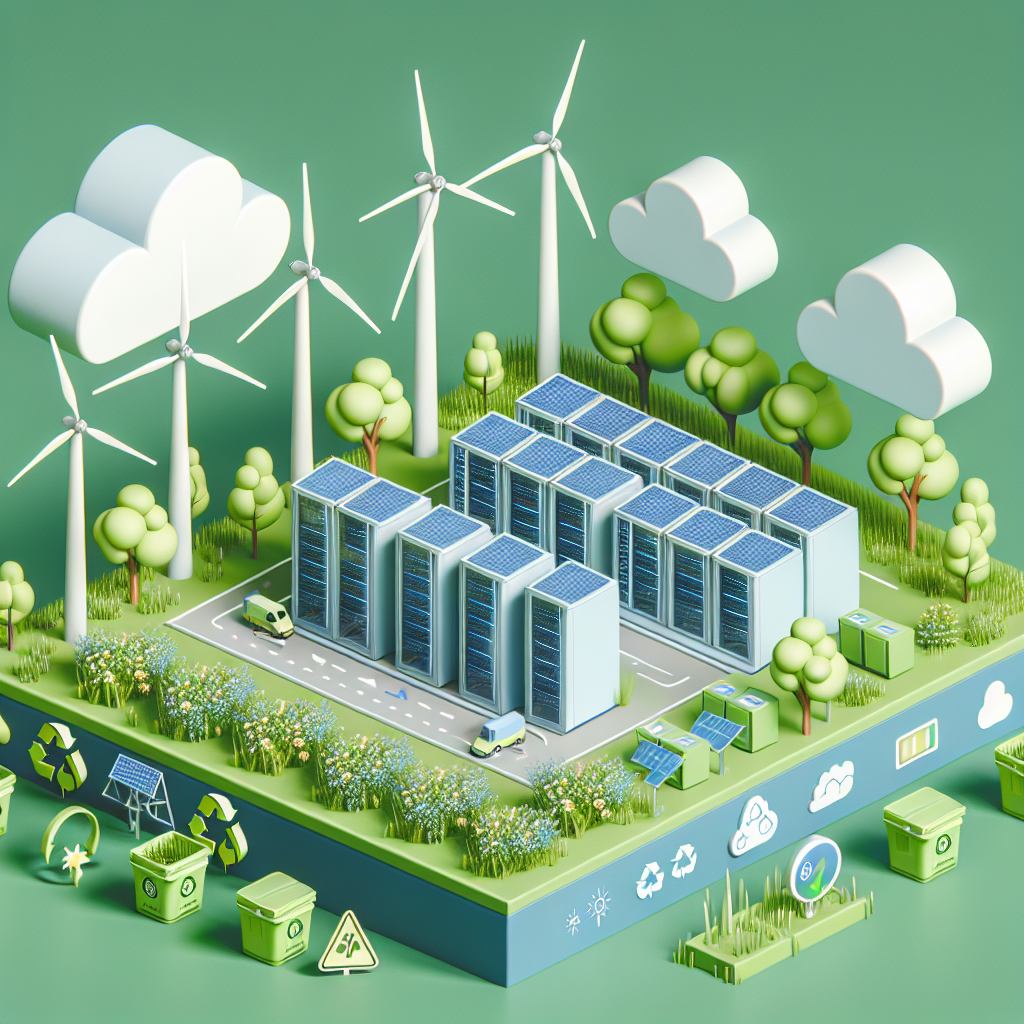Building a Sustainable Data Center: Tips and Best Practices
In today’s digital age, data centers play a crucial role in storing, processing, and managing vast amounts of data. As the demand for data continues to grow, so does the need for sustainable data centers that can operate efficiently while minimizing their environmental impact. Building a sustainable data center requires careful planning and implementation of best practices to ensure energy efficiency, reduce carbon emissions, and promote environmental stewardship.
Here are some tips and best practices for building a sustainable data center:
1. Energy Efficiency: One of the key aspects of a sustainable data center is energy efficiency. By optimizing the cooling, lighting, and power distribution systems, data centers can significantly reduce their energy consumption and carbon footprint. Implementing energy-efficient technologies such as LED lighting, high-efficiency HVAC systems, and energy-efficient servers can help lower overall energy usage.
2. Renewable Energy: Another important aspect of sustainability is the use of renewable energy sources such as solar, wind, or hydropower. By investing in renewable energy solutions, data centers can reduce their reliance on fossil fuels and minimize their environmental impact. Many data centers are now incorporating onsite renewable energy generation to power their operations, further reducing their carbon footprint.
3. Virtualization and Consolidation: Virtualization technology allows data centers to maximize server utilization and reduce the number of physical servers needed. By consolidating servers and implementing virtualization, data centers can reduce their energy consumption, cooling requirements, and overall footprint. This not only improves efficiency but also lowers operational costs.
4. Efficient Cooling Systems: Cooling systems are a major energy consumer in data centers, accounting for a significant portion of energy usage. By optimizing airflow management, using hot and cold aisle containment, and implementing free cooling technologies, data centers can reduce their cooling energy consumption and improve efficiency. Additionally, using advanced cooling solutions such as liquid cooling or direct expansion cooling can further enhance energy efficiency.
5. Sustainable Design: When designing a new data center, it is important to consider sustainable design principles from the outset. This includes using energy-efficient building materials, maximizing natural light, and incorporating green building practices such as rainwater harvesting and landscaping with native plants. By designing a sustainable data center from the ground up, organizations can minimize their environmental impact and create a more efficient and environmentally friendly facility.
Building a sustainable data center requires a holistic approach that considers energy efficiency, renewable energy, virtualization, cooling systems, and sustainable design practices. By implementing these tips and best practices, data centers can reduce their environmental impact, lower operational costs, and contribute to a more sustainable future. As the demand for data continues to grow, it is essential for organizations to prioritize sustainability in their data center operations to ensure a greener and more efficient infrastructure.


